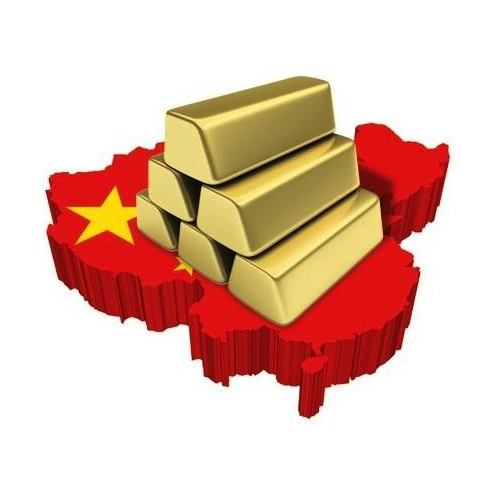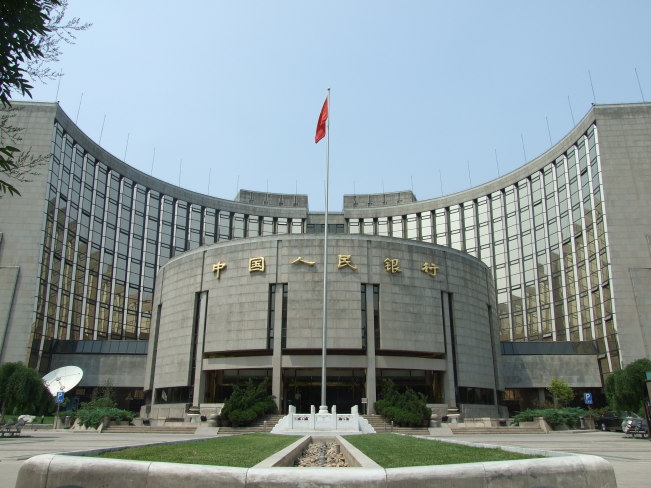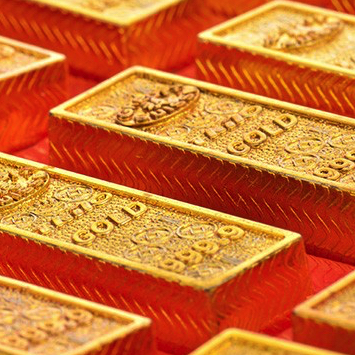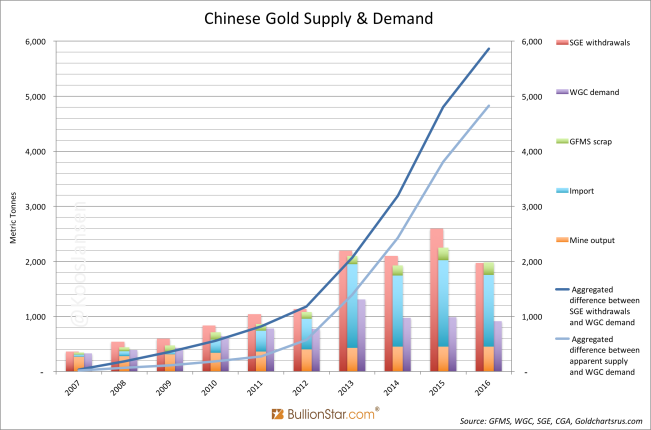SGE Withdrawals In Perspective
In 2014 SGE withdrawals, which can be used as a proxy for Chinese wholesale gold demand, have lost their accuracy since the Shanghai International Gold Exchange (SGEI) was launched in September, providing foreign enterprises to trade gold in renminbi, take delivery and export the gold from the Shanghai Free Trade Zone (FTZ). SGE and SGEI withdrawals are not published separately and thus SGEI activity can distort SGE withdrawals (as a proxy for Chinese wholesale demand). This post is about what we know at this stage about SGEI activity in relation to SGE withdrawals. It’s not exact science, but it’s the best we have right now.
The SGEI facilitates gold trading in the Shanghai Free Trade Zone (FTZ). The physical gold flows through the FTZ are completely separated form the Chinese domestic gold market, which is a closed system. Would we get our clear view back if SGE and SGEI withdrawals would be disclosed separately? Unfortunately not. This is because Chinese domestic banks are also trading on the SGEI, when they withdrawal from the vaults in the FTZ they can import this gold into the Chinese domestic gold market (without it being required to be sold through the SGE).
To figure out how SGEI trading can distort SGE withdrawals we must contemplate how SGEI trades can be processed. Any trading volume/purchases on the SGEI (contracts iAu100g, iAu99.99 and iAu99.5) can be:
- Not withdrawn from the (IB certified) vaults at all and thus not distorting SGE withdrawals.
- Withdrawn from the (IB certified) vaults by Chinese domestic banks to be imported into the Chinese domestic gold market and thus being part of Chinese wholesale demand.
- Withdrawn from the (IB certified) vaults by foreign traders and exported from the Shanghai FTZ abroad, distorting SGE withdrawals. If we knew how much these withdrawals accounted for we could subtract them from total SGE withdrawals to have a clear view on Chinese wholesale demand. Unfortunately these figures are not publicly disclosed.
Technically, Chinese wholesale gold demand is at most equal to SGE withdrawals, at least equal to SGE withdrawals minus SGEI trading volume. Because, it can be every contract traded on the SGEI is bought by a foreign trader that takes delivery, withdraws and exports the gold out of the FTZ.
For example, in week 50, 2014, total SGE withdrawals accounted for 50,027.5 Kg. SGEI trading volume over this period accounted for 6,159 Kg. We could argue Chinese wholesale gold demand must have been somewhere in between 50,027.5 Kg and 43,868.5 Kg (50,027.5 – 6,159).
More clarity was provided by chairman of the SGE, Xu Luode, which recently disclosed useful SGEI data in an article he wrote for Bullion Bulletin. Xu confirmed we don’t have to use the most extreme scenario (total SGEI volume) as a base. In February 2015 he noted:
As of November 2014, international members have traded more than 100 metric tons of gold in aggregate with a total turnover of around RMB 25 billion; imported gold tipped in at around 12 metric tons, and a total of 15 metric tons of gold have been deposited into the International Board Certified Vault.
With the numbers from Xu we can make a far better estimate of Chinese wholesale gold demand (SGE withdrawals) in relation to SGEI activity.
The SGEI was launched 18 September 2014. From the end of November until February SGEI trading volume was 122 tonnes. Before November SGEI volume was weaker, which makes me assume Xu neglects this period, as the SGEI was still in its infancy.
So, from November until February SGEI volume was 122 tonnes, total SGEI deposits accounted for 15 tonnes of which 12 tonnes had been imported into the Chinese domestic gold market. SGE withdrawals accounted for 859 tonnes over these four months.
Concluding, most of SGEI withdrawals were imported into the Chinese domestic gold market (12 tonnes); the SGEI is primarily used by Chinese banks to import gold, instead of through consignment, not distorting SGE withdrawals (Chinese wholesale gold demand).
Furthermore, SGE withdrawals (Chinese wholesale gold demand) at 859 tonnes were at most distorted by 3 tonnes – though it was likely less than 3 tonnes. If a volume of 122 tonnes could have distorted SGE withdrawals at most by 3 tonnes, SGE withdrawals are still a fairly accurate proxy for Chinese wholesale gold demand. Until new evidence comes out that would proof otherwise, that is.
For now, the SGE withdrawal distortion ratio is at most 0.0246 (3/122). Measuring Chinese wholesale gold demand conservatively would be: SGE withdrawals – (0.0246 X SGEI volume).
In addition, on 2 December 2015 a Chinese banker wrote me over email:
iAu9999 trades are seldom exported overseas, nearly all are imported to the Main Board of the SGE.
Therefor, for the time being (including 2015), SGEI withdrawals do not significantly distort Chinese wholesale gold demand when measured by SGE withdrawals. Unfortunately, I don’t have any evidence on how much gold has been deposited into SGEI vaults but not imported into the Chinese domestic market after 2015.
Popular Blog Posts by Koos Jansen
 China’s Secret Gold Supplier is Singapore
China’s Secret Gold Supplier is Singapore
 Audits of U.S. Monetary Gold Severely Lack Credibility
Audits of U.S. Monetary Gold Severely Lack Credibility
 China Gold Import Jan-Sep 797t. Who’s Supplying?
China Gold Import Jan-Sep 797t. Who’s Supplying?
 The Gold-Backed-Oil-Yuan Futures Contract Myth
The Gold-Backed-Oil-Yuan Futures Contract Myth
 Estimated Chinese Gold Reserves Surpass 20,000t
Estimated Chinese Gold Reserves Surpass 20,000t
 Did the Dutch Central Bank Lie About Its Gold Bar List?
Did the Dutch Central Bank Lie About Its Gold Bar List?
 PBOC Gold Purchases: Separating Facts from Speculation
PBOC Gold Purchases: Separating Facts from Speculation
 U.S. Mint Releases New Fort Knox Audit Documentation
U.S. Mint Releases New Fort Knox Audit Documentation
 China Net Imported 1,300t of Gold in 2016
China Net Imported 1,300t of Gold in 2016
 Why SGE Withdrawals Equal Chinese Gold Demand and Why Not
Why SGE Withdrawals Equal Chinese Gold Demand and Why Not





 Koos Jansen
Koos Jansen










